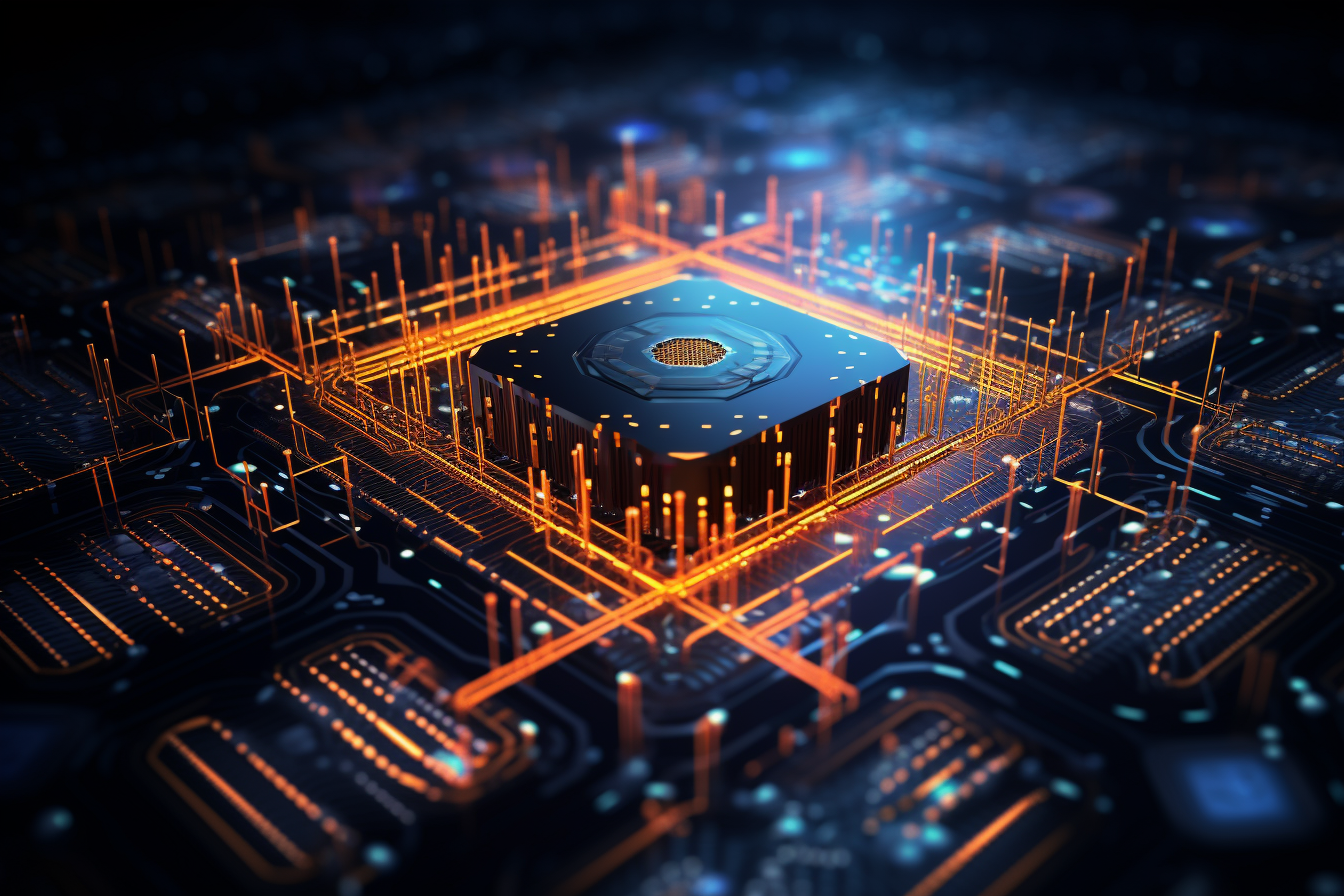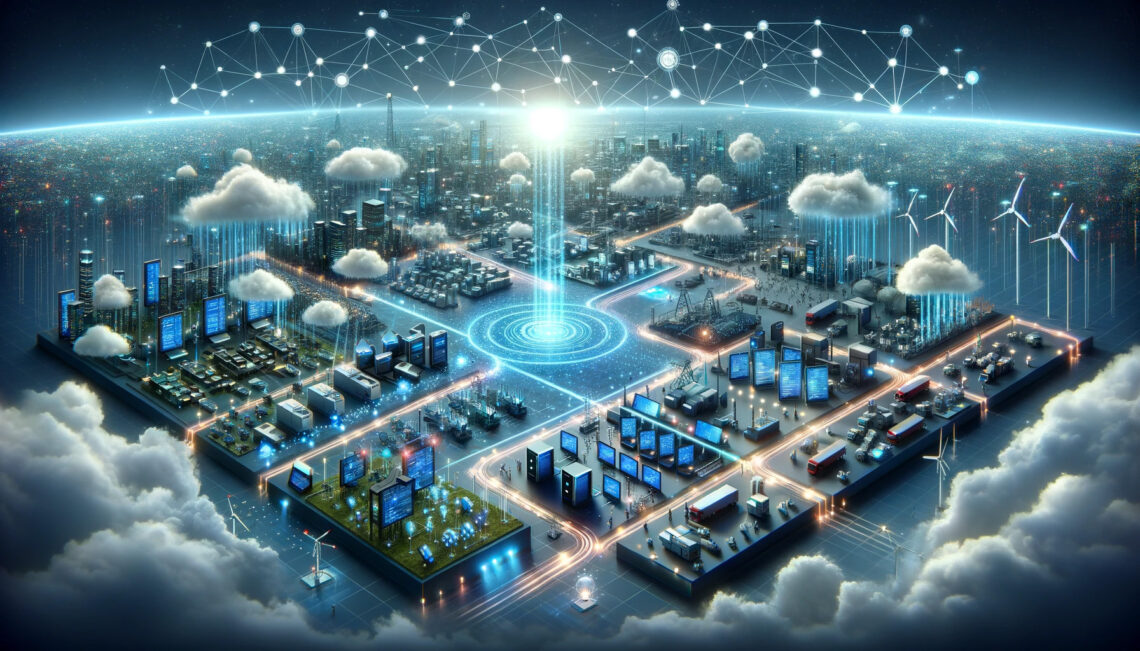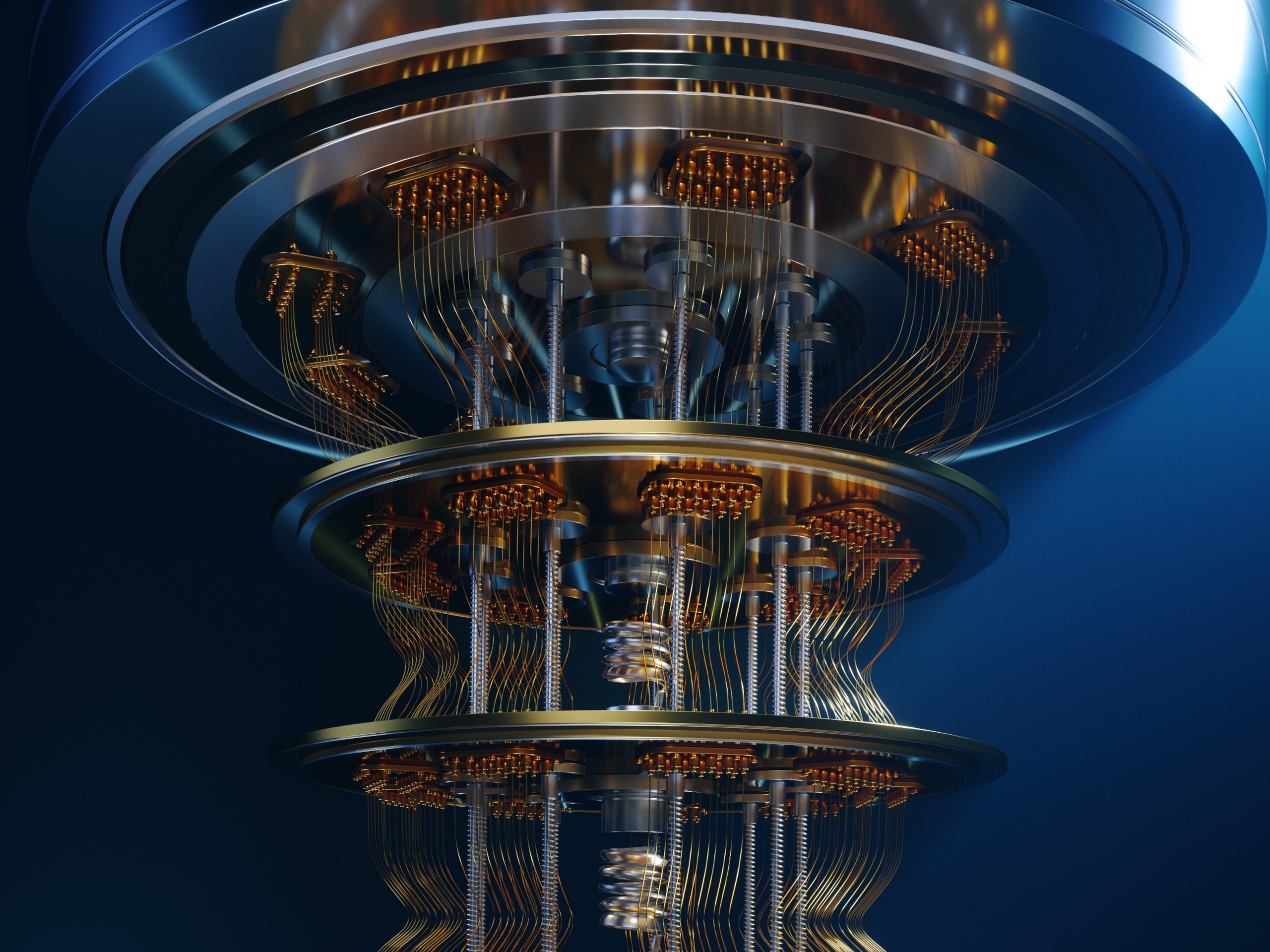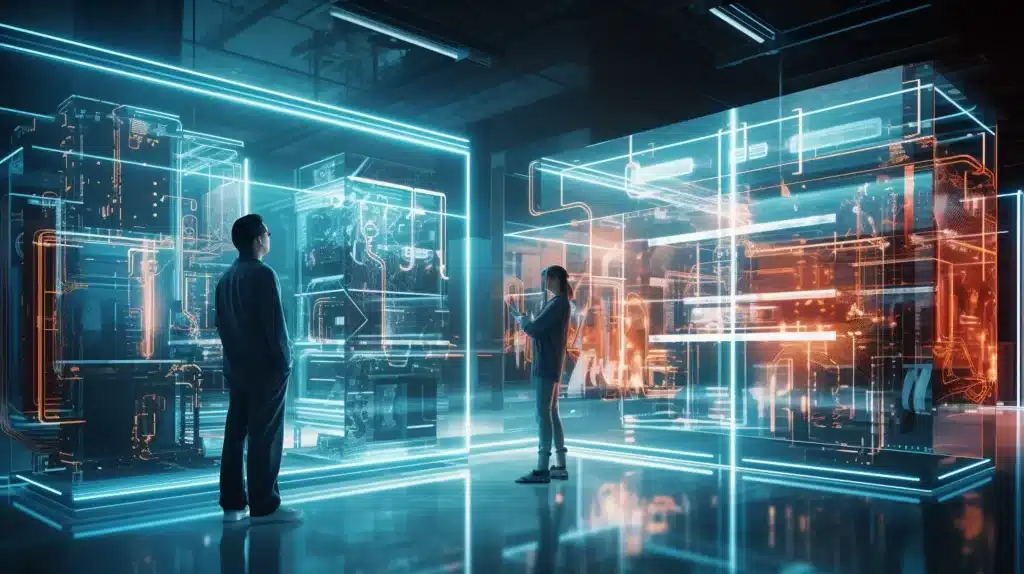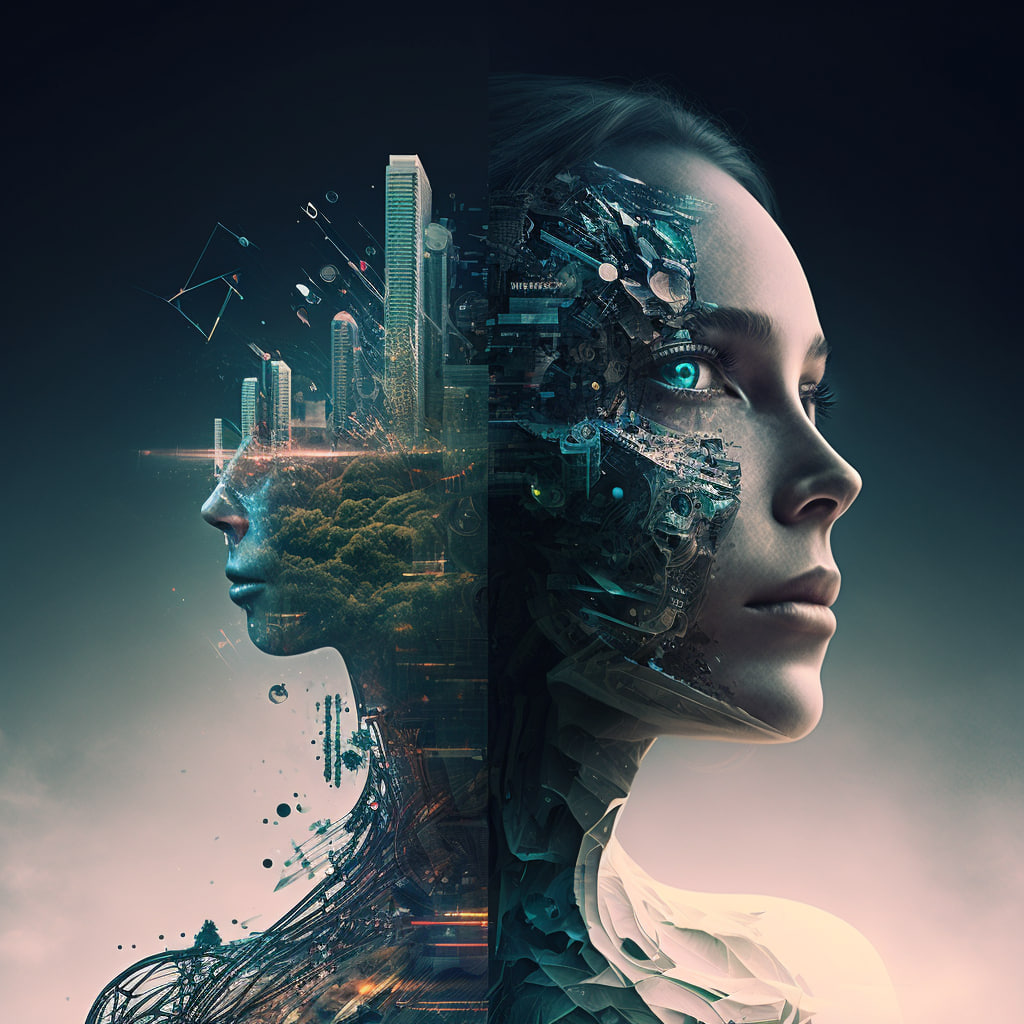The Future of Artificial Intelligence: Transforming Industries and Everyday Life
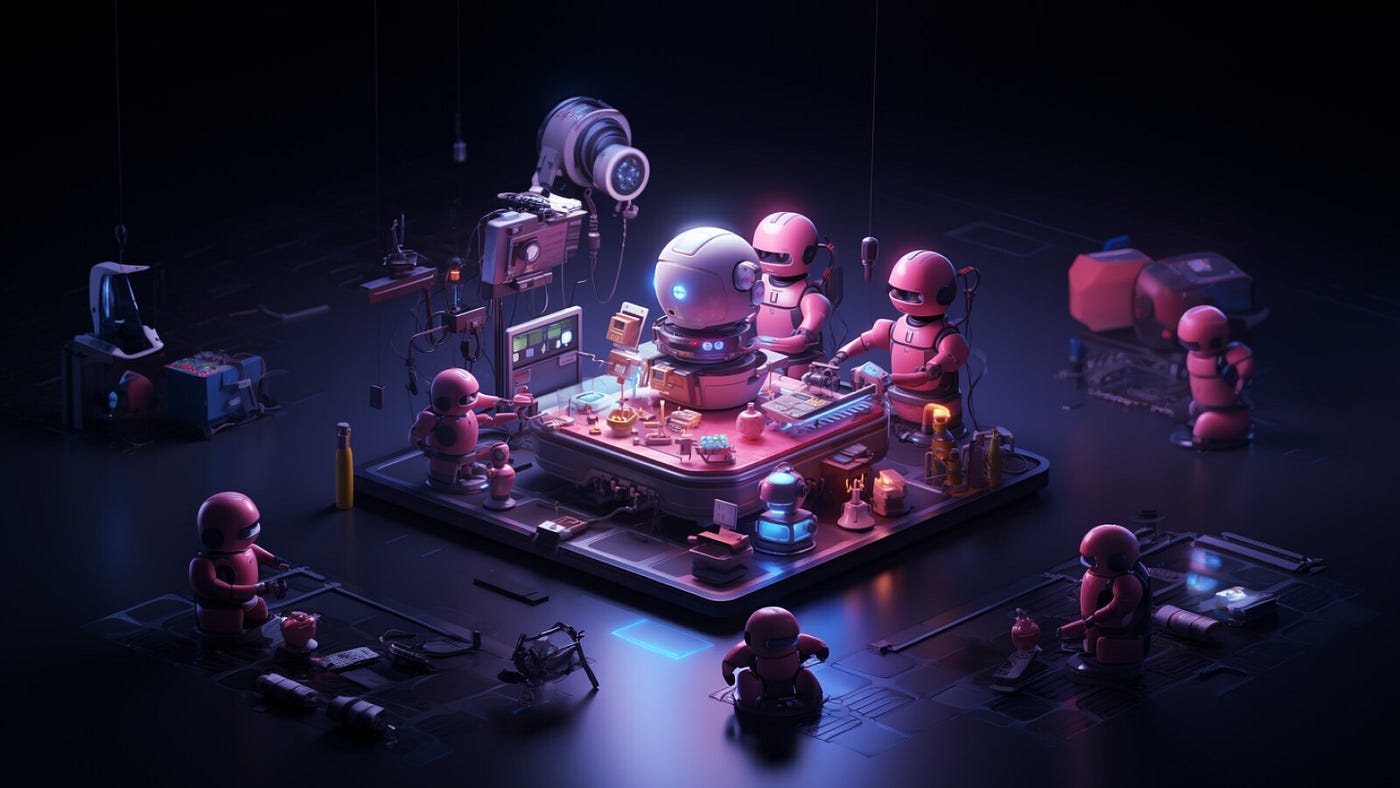
Artificial Intelligence (AI) is no longer a futuristic concept confined to science fiction. It is an evolving force that is transforming the way we live, work, and interact. From powering virtual assistants to diagnosing diseases and driving autonomous vehicles, AI has become an integral part of modern society. But what does the future hold for this revolutionary technology? In this comprehensive article, we explore the current state of AI, its implications for various industries, ethical concerns, and what to expect in the coming years.
1. Understanding the Core of Artificial Intelligence
What Is Artificial Intelligence?
Artificial Intelligence refers to the simulation of human intelligence in machines. These machines are designed to think, learn, adapt, and execute tasks traditionally requiring human cognition. AI includes subfields such as machine learning (ML), natural language processing (NLP), computer vision, robotics, and deep learning.
Narrow AI vs General AI
Most AI systems in use today are examples of Narrow AI—systems trained to perform specific tasks like image recognition or language translation. General AI, which would have cognitive abilities equal to a human, remains a theoretical concept and is the focus of long-term AI research.
2. How AI Is Impacting Key Industries
Healthcare
AI is revolutionizing healthcare by improving diagnostics, personalizing treatment, and accelerating drug discovery. Algorithms can detect diseases like cancer from medical imaging with accuracy comparable to or better than human doctors. AI-powered wearable devices can monitor patient vitals in real-time and alert physicians to anomalies.
Finance
Financial institutions use AI for fraud detection, risk assessment, algorithmic trading, and customer service chatbots. Predictive analytics helps banks and investors make data-driven decisions. Robo-advisors are democratizing wealth management by offering affordable investment advice to individuals.
Transportation
AI is the backbone of autonomous vehicles. Companies like Tesla, Waymo, and Uber are developing self-driving cars using AI algorithms that process sensor data to make real-time decisions. AI also optimizes logistics and fleet management, saving costs and reducing carbon footprints.
Retail and E-commerce
Retailers leverage AI for personalized product recommendations, dynamic pricing, and inventory management. Chatbots enhance customer experience by providing 24/7 support. Visual recognition tools allow customers to search for products using images instead of text.
Manufacturing
Smart factories powered by AI use predictive maintenance, quality control automation, and real-time analytics to increase efficiency. Robots equipped with AI can work alongside humans, adapting to changing production needs and ensuring workplace safety.
Education
AI is creating personalized learning experiences for students. Intelligent tutoring systems adapt to individual learning styles, while administrative tasks like grading and attendance are automated. Language translation tools break down barriers in global online education.
3. Everyday AI: Integration Into Daily Life
Virtual Assistants
AI assistants like Siri, Alexa, and Google Assistant help users manage schedules, answer questions, and control smart home devices. With continued improvements in NLP, these assistants are becoming more conversational and capable of handling complex tasks.
Recommendation Systems
Whether you’re watching Netflix, browsing YouTube, or shopping on Amazon, AI algorithms personalize your content and product suggestions. These systems analyze user behavior and preferences to enhance engagement and retention.
Smart Homes
Smart home technology uses AI to automate lighting, climate control, and security systems. Devices learn user preferences and can be controlled remotely via smartphones or voice commands. This not only improves convenience but also energy efficiency.
Social Media and Content Curation
AI determines what you see on social media platforms through algorithms that sort, rank, and recommend content. While this creates personalized feeds, it also raises concerns about echo chambers, misinformation, and mental health implications.
4. Emerging Trends and Future Applications
AI in Cybersecurity
As cyber threats grow in complexity, AI is being employed to detect and respond to anomalies in real-time. Machine learning models can identify suspicious behavior patterns, block malicious traffic, and assist in incident response.
Edge AI
Edge AI refers to running AI algorithms locally on devices like smartphones and IoT gadgets rather than in the cloud. This allows faster processing, improved privacy, and reduced bandwidth usage. Edge AI is critical for applications like autonomous drones and smart sensors.
AI and Blockchain Integration
Combining AI with blockchain can enhance data security, transparency, and traceability. For example, AI can analyze blockchain data for fraud detection, while blockchain can verify the integrity of AI-generated data.
Generative AI
Tools like ChatGPT, DALL·E, and MidJourney have showcased the power of generative AI—systems that can produce text, images, music, and code. These tools are reshaping content creation, design, and even programming, opening new avenues for creativity and innovation.
AI in Space Exploration
NASA and other space agencies are using AI to analyze astronomical data, operate rovers, and plan missions. AI helps in navigation, anomaly detection, and autonomous decision-making in environments where real-time human intervention is impossible.
5. Challenges and Ethical Considerations
Bias and Fairness
AI systems are only as unbiased as the data they are trained on. Biased datasets can lead to unfair outcomes in hiring, lending, law enforcement, and healthcare. Ensuring fairness and accountability is a major research focus in AI ethics.
Privacy Concerns
AI systems often require vast amounts of personal data. This raises concerns about surveillance, data breaches, and user consent. Privacy-preserving techniques like federated learning and differential privacy are gaining traction.
Job Displacement
Automation powered by AI threatens to displace certain jobs, particularly those involving routine or manual labor. However, AI also creates new roles in data science, AI ethics, machine learning engineering, and more. Upskilling and reskilling will be essential in this transition.
AI Governance and Regulation
Countries and organizations are grappling with how to regulate AI responsibly. The European Union has proposed the AI Act, and discussions around global frameworks are ongoing. Regulations must strike a balance between innovation and public interest.
6. The Road Ahead: Predictions for the Next Decade
Wider Adoption in Developing Countries
AI solutions tailored to local challenges—like agriculture optimization, language translation, and telemedicine—will see greater adoption in developing countries. Open-source tools and collaborative research will bridge technological gaps.
Human-AI Collaboration
Rather than replacing humans, AI is expected to augment human abilities. Doctors will use AI to make better diagnoses, lawyers to analyze legal documents, and writers to refine content. Collaborative intelligence will become the norm in many fields.
AI-Powered Creativity
AI-generated art, music, and literature will become more mainstream. Artists will use AI tools for inspiration and execution, leading to new genres and hybrid forms of creative expression. The definition of authorship and creativity may evolve as a result.
Artificial General Intelligence (AGI)
While still speculative, the pursuit of AGI—machines with reasoning abilities on par with humans—remains a long-term goal. Significant progress in neuroscience, cognitive science, and computational power is needed before AGI becomes reality.
Democratization of AI
With the rise of no-code and low-code platforms, building AI models will no longer be limited to specialists. More individuals and small businesses will leverage AI to solve problems and innovate in their domains.
Conclusion: A Future Shaped by Intelligent Systems
Artificial Intelligence is poised to become one of the most transformative forces of the 21st century. Its potential to improve efficiency, solve complex problems, and enrich human life is immense. However, realizing this potential requires careful attention to ethics, governance, and inclusivity. As we step into an AI-driven future, collaboration between technologists, policymakers, and society at large will be critical to ensure AI serves the greater good.
The future of AI is not just about machines getting smarter—it’s about humans using those machines wisely.
